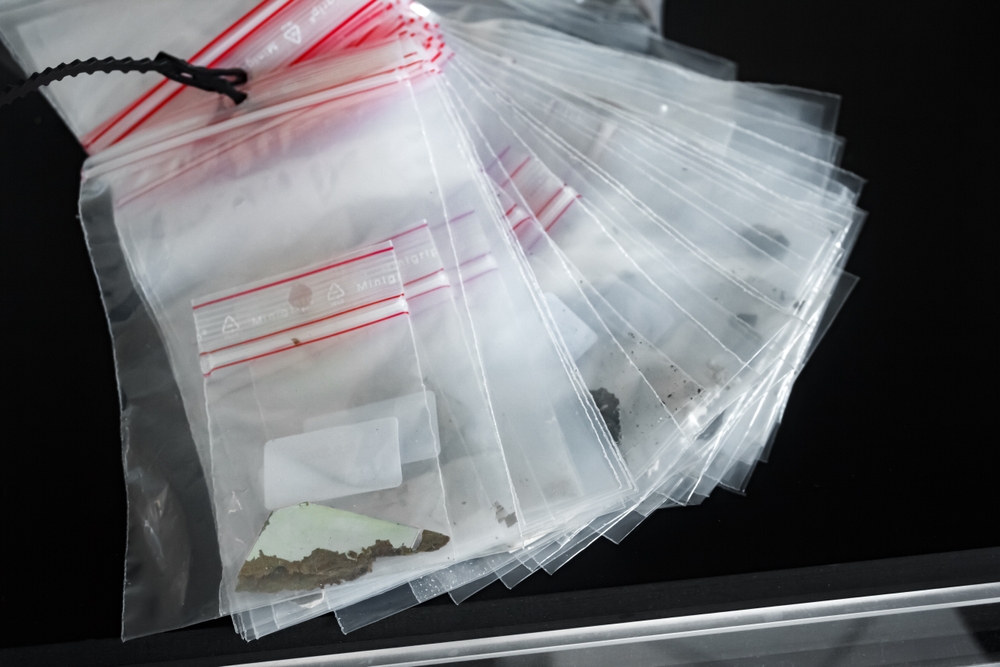
Preparing for an asbestos inspection might not be the most exciting part of owning or renting a property, but it’s an important step to ensure the safety of everyone involved. Whether you’re planning renovations, selling your home, or just want peace of mind, understanding the process of an asbestos inspection is key.
This guide will walk you through everything you need to know about preparing for an asbestos inspection—what to expect, how to get your property ready, and what happens if asbestos is found.
By the end, you’ll be well-prepared to handle the process like a pro, ensuring a safe and smooth inspection experience.
You might be wondering, “Do I really need an asbestos inspection?” Well, if your property was built before the 1990s, the answer is probably yes! Asbestos was widely used in building materials like insulation, roofing, and even floor tiles, so it’s best to know if your property is at risk.
An asbestos inspection is crucial in a few common scenarios:
Remember, asbestos is generally safe if it’s in sound condition and left undisturbed. But if you’re planning any work that could disturb asbestos fibres, an inspection is essential to avoid exposure and ensure everyone’s safety.
Not all heroes wear capes—some wear personal protective equipment and carry out asbestos inspections! When it comes to asbestos, you want to make sure you’re working with a licensed asbestos assessor who knows their stuff. Choosing the right professional is crucial for a thorough asbestos assessment and accurate asbestos testing.
Choosing the right inspector isn’t just about ticking boxes; it’s about ensuring your property is safe and that any asbestos management or removal work is carried out correctly. Take your time to find the right professional—your health and safety depend on it!
Getting ready for an asbestos inspection is a bit like preparing for a visit from a very thorough, safety-conscious guest. A little preparation goes a long way in making the inspection process smooth and efficient. Here’s how you can get your property inspection-ready:
By taking these simple steps, you can help ensure that the asbestos inspection goes off without a hitch. And remember, the more prepared you are, the quicker you can get the results and take any necessary actions to keep your property safe!
When the licensed asbestos assessor arrives, they’ll begin with a visual inspection of your property, looking for any materials that may contain asbestos. Common areas they’ll check include ceilings, walls, roofing, and insulation. If they find suspected asbestos-containing materials, they’ll take small samples for testing. These samples are safely collected and sealed to prevent any asbestos fibres from spreading.
The inspector will use personal protective equipment (PPE) like gloves and masks throughout the process to ensure everyone’s safety. The inspection typically takes a few hours, depending on the property size and the number of areas to be assessed. Once complete, any samples collected will be sent to an accredited laboratory for analysis.
You can expect to receive a full report with the results in a few days. This report will detail whether asbestos was found and, if so, recommend the next steps for safe management or removal. The whole process is designed to be thorough yet non-invasive, giving you peace of mind about the safety of your property.

If the inspection report confirms the presence of asbestos, don’t panic—there are several safe and effective ways to manage the situation. Here’s what you should do next:
By taking these steps, you can ensure that any asbestos in your property is managed safely and effectively, reducing the risk to everyone involved.
Preparing for an asbestos inspection might seem daunting, but it’s a vital step in ensuring the safety of your property. Whether you’re a homeowner, landlord, or tenant, understanding when an asbestos inspection is needed and knowing how to prepare can make the process much smoother.
If you suspect asbestos-containing materials in your property or simply want peace of mind, don’t hesitate to schedule an inspection. And remember, for those in Melbourne, Victoria, NSW, or South Australia, Asbestos Australia is here to help. Our licensed asbestos assessors can provide comprehensive asbestos assessments, testing, and safe removal services to ensure your property is free from asbestos-related risks.
Contact Asbestos Australia today to for expert advice on managing asbestos safely. Your safety and peace of mind are our top priorities!
Posted By: Asbestos Australia Removalist
Leave a Reply